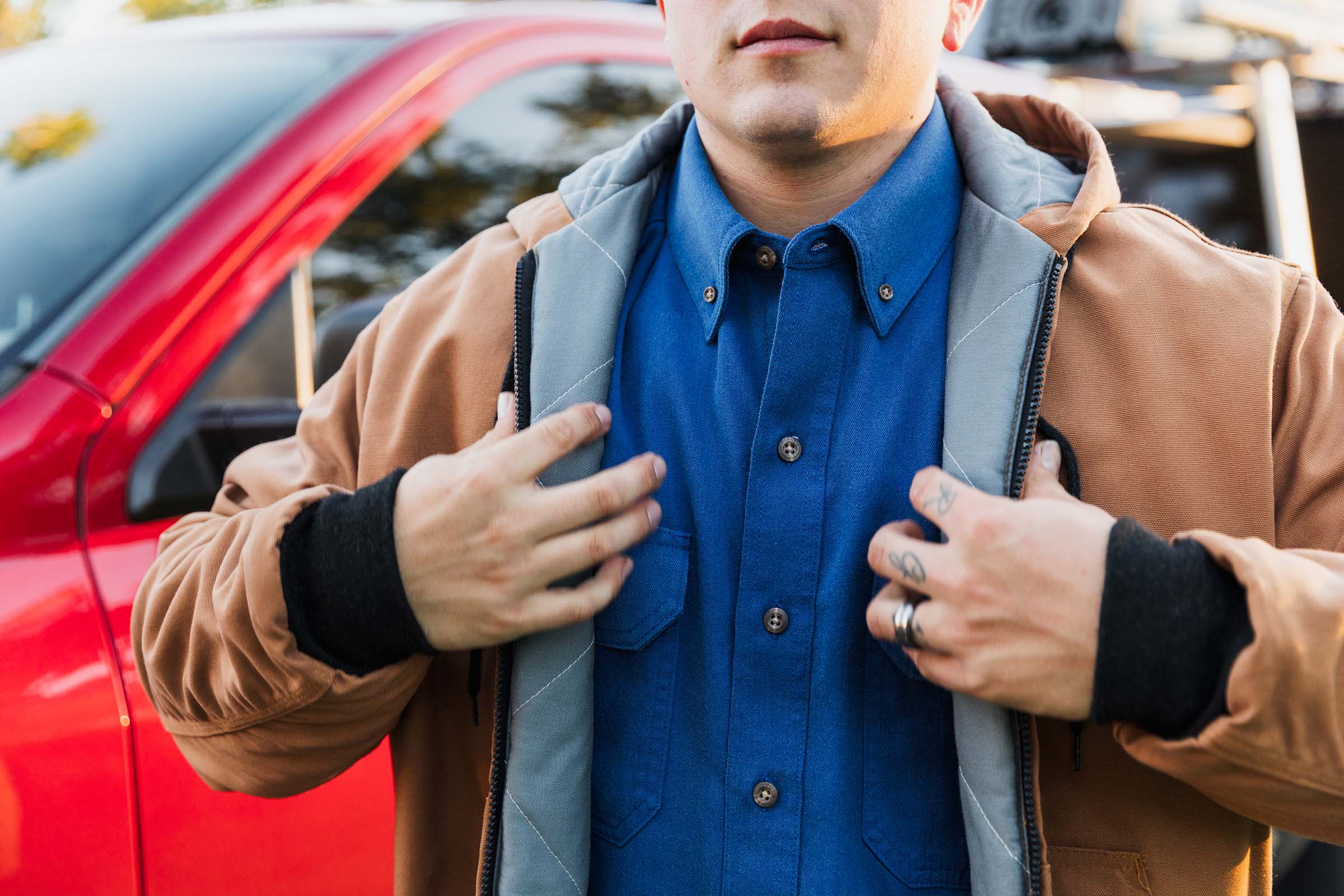Comfort, heat stress and garment selection
FR TechnicalGeneral 23 Sep 2013
There are many questions and even more misunderstandings around comfort and heat stress for people specifying or wearing arc rated and flame resistant protective apparel; thus, it is important to understand a few basics on the interrelationship, if any, to garment or fabric type and weight. Discomfort and heat stress are not used interchangeably. Comfort is an inherently subjective characteristic that cannot be effectively or predictably measured by lab tests or judged across a desk, and is considered a nuisance issue. However, heat illness is a specific and potentially medically consequential event; it is unrelated to comfort, and is a potentially major health issue.
Comfort
No single fabric property, such as weight, breathability, wickability or hand correlates to comfort, and combinations of 3 or more properties are only marginally more predictive. Contrary to popular perception, comfort is not linked to weight, especially across fiber types; the significant majority of wear test participants consistently rate natural fibers as more comfortable than mostly or fully synthetic flame resistant fabrics despite slightly higher weights. Combining properties, such as light weight and high breathability, is meaningless in the absence of other properties (for instance, a window screen has excellent numbers in both categories, but no one would choose to wear it as a shirt); these only begin to matter when combined with a soft hand, excellent moisture management, proper fit and the mobility (or drape) of the fabric. Comfort differs greatly from person to person and from day to day, and generalizations cannot be made from any single property. There’s no substitute for a wear test.
Heat Stress
Heat illness is a potentially serious health concern, not a perception issue; it is a series of measurable and increasingly dangerous physiological affects resulting from the overheating of the body. Single layer, breathable woven or knit fabrics, FR or otherwise, are NOT a significant factor in heat illness. The primary causes of heat illness are poor hydration, lack of rest breaks, lack of shade and poor health. Some medications can also exacerbate heat stress. Workers who arrive well hydrated, and stay well hydrated during rest breaks of appropriate duration and frequency, taken in the shade, are extremely unlikely to suffer heat illness. In fact, the new OSHA awareness campaign on heat stress prevention is “Water, Rest, Shade.” NIOSH and OSHA both address clothing way down the list of issues, and their advice is:
- Wear light-colored, loose-fitting, breathable clothing such as cotton.
- Avoid non-breathing synthetic clothing
http://www.cdc.gov/niosh/topics/heatstress/
Notice it’s light color, not light weight, that actually makes a big difference; dark colors can be hotter than light colors. A worker can feel comfortable and yet at risk for heat stress, or uncomfortable but not at risk, because fabric type and weight (FR or not) are either found to be unrelated, or inconsequential in comparison to the primary factors of hydration, rest breaks and shade.
